Toyota GR Supra: 6 Things To Modify

Some may scoff at the Toyota‘s heavy use of BMW bits to make the GR Supra, but when it comes to tuning, this is a great thing. Since its ‘B58’ inline-six turbo engine is a known entity, tuners have effectively been given a head start in learning how best to unlock the car’s potential. Of which there’s plenty.
To figure out how our ideal tuned Supra would look, we took CT’s long-term test A90 to meet Evolve Automotive’s development car, which has had the kitchen sink thrown at it. Modifications include H&R springs, a Superspint exhaust system, a Pure 800 hybrid turbocharger and even methanol injection. On the company’s current tune, it’s putting out 550bhp.
It’s a more extreme example of where you can take the sports car (if not quite as mad as projects like Papadakis Racing’s 1000bhp car), giving us inspiration for our imagined, more modest build. The idea is to get the maximum bang for buck while keeping the car pleasant enough to daily.
Here’s how it shapes up:
Exhaust
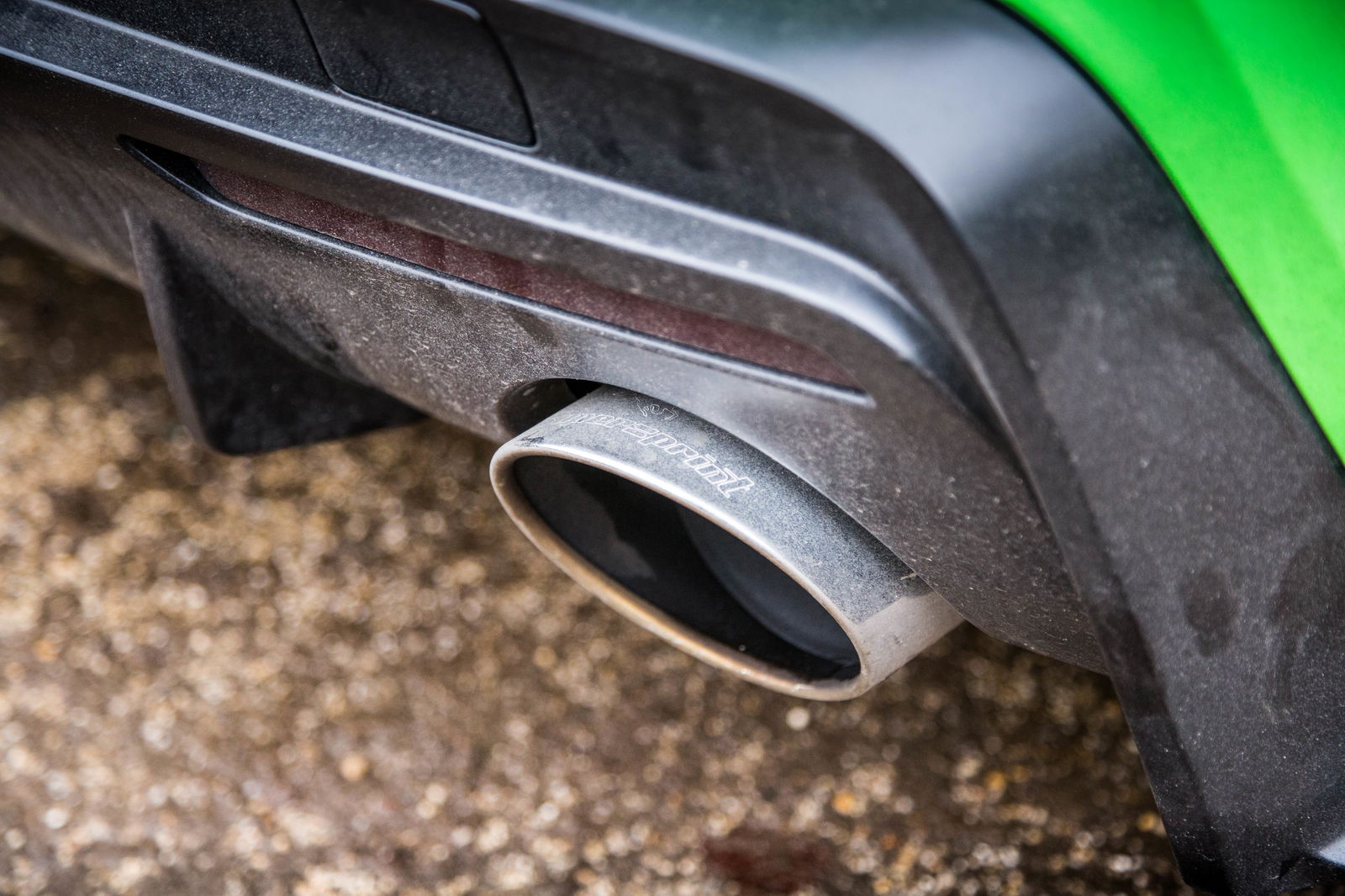
We’d call this one essential. One of the most disappointing aspects of the GR Supra is its underwhelming exhaust note, which isn’t necessarily Toyota/BMW’s fault - modern noise and emissions regulations really strangle engines like the B58.
An ‘axle-back’ exhaust is a good starting point, with plenty of options out there from the likes of HKS, Milltek, Reemus and Supersprint. On its own, something like this will transform the Supra’s soundtrack for around £2000. Most we’ve seen have butterfly valves that work with the car’s Sport mode, ensuring the volumed can be kept down when you’re not in the mood.
You might have noticed we didn’t say ‘cat-back’ in the last paragraph. That’s because as standard in Europe the GR Supra has a petrol particulate filter (OPF) that sits downstream from the catalytic converter. An OPF delete pipe will cost you around £800.
Taking things further still, a de-cat downpipe can be bought for about the same. The Supersprint system on Evolve’s car is thusly arranged, and it sounds incredible. The noise might be a little too brash for some, but one things for sure - it’s now completely ruined the stock exhaust note for me.
ECU

If you’re after the least invasive way possible to get extra power, a Stage 1 tune with no supporting mods will bring the power to 420bhp while only costing around £600. That plus an axle-back exhaust to improve the noise side of the equation would make for a compelling package, we reckon.
Stage 2 ECU tuning will generally require an OPF delete and either a freer-flowing catalytic converter or a decat pipe, bringing the power to about 470bhp. That’s a fairly sensible stopping point - much further and you’re going to end up with something that feels fantastically fast when conditions allow, but if they’re anything less than ideal, the A90’s rear wheels are going to struggle for traction.
Intake
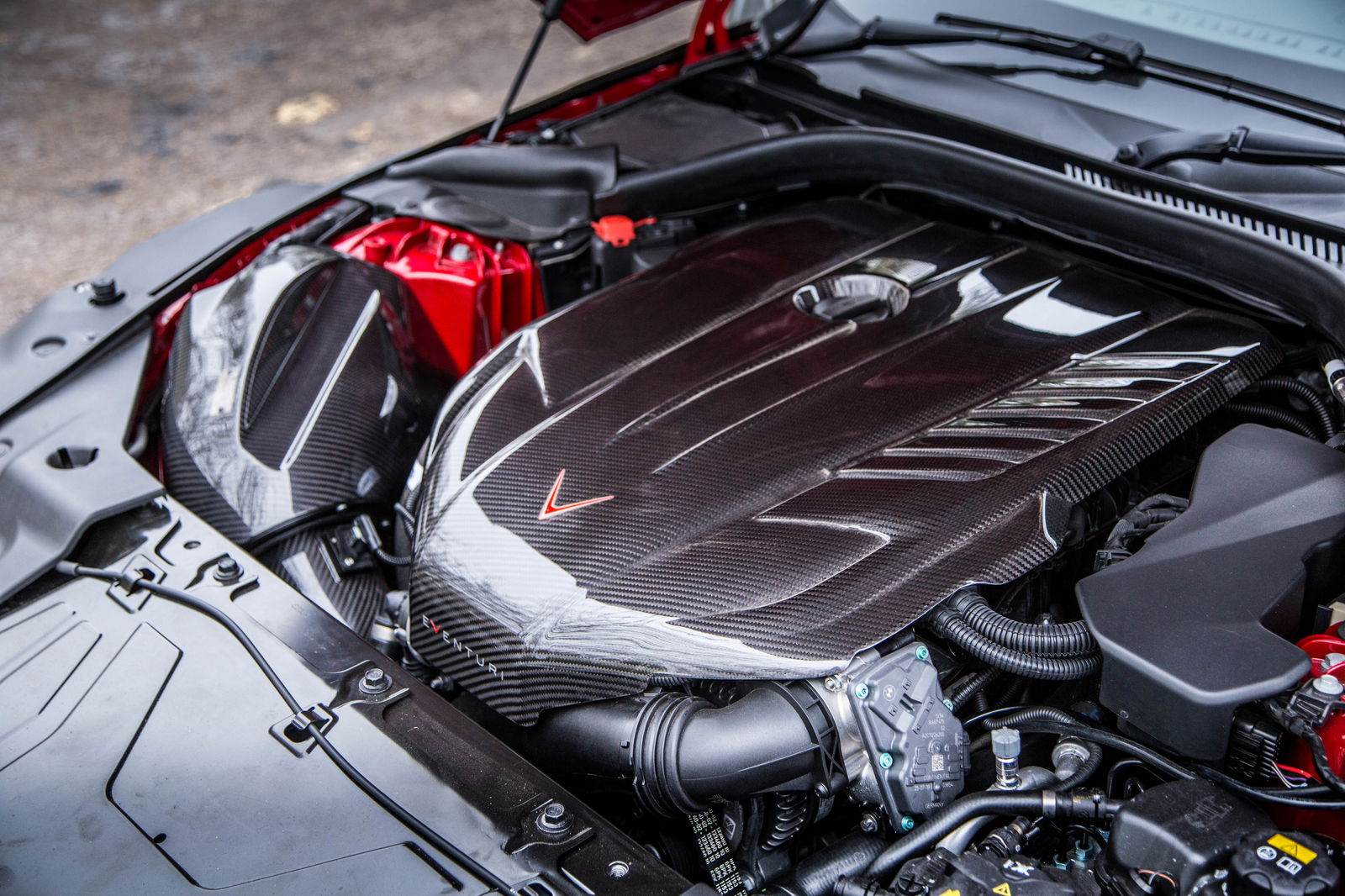
With restrictions in the exhaust dealt with, it’s worth thinking about getting air flowing into the turbo a little better. Claimed restriction reductions from aftermarket intake systems range from about 15 to 25 per cent.
You’ll need to budget about £300 or more for one, making this one of the cheaper modifications here. Mishimoto’s £470 system looks like a good mid-range choice, but if you fancy splurging, the carbon fibre intake from Evolve’s Eventuri offshoot is fitted to this car is £1250.
Suspension

Bilstein is developing adaptive coilovers that work with the GR Supra’s Sport damper mode, but for now, your best bet is to pair the stock adaptive dampers with some new springs.
Since the standard car is already a good compromise between composure and comfort (and because you don’t want to screw up the geometry), we’d caution against going too far with the suspension. The H&R springs on Evolve’s car lower the ride height at the front by 20mm and at the rear by 25, which is probably about as low as we’d want to go.
The Supra sits on its wheels nicely with such a drop, and there is a noticeable reduction in body roll with them fitted, albeit at the cost of ride comfort and the odd shimmy over poor road surfaces.
Wheels/tyres

Splashing out on fancy wheels wouldn’t be a high priority for us, since it doesn’t fit with our ‘bang for buck’ principle. A new set would be a big outlay for what’ll be a purely cosmetic modification - since the standard rims are forged, you’re unlikely to drop the car’s rotational mass to any significant degree. You might even increase it.
That said, those stock GR Supra wheels aren’t the nicest design, are they? Plus, at the time of writing, there are no other wheel options for the 3.0-litre Supra in the configurator. The go with the low, the Evolve Supra wears a set of 19-inch 6Sixty Design Chakram wheels, which are the right width to keep the factory fitted (and very good) Michelin Pilot Sport Sport tyres. They’ll set you back around £4000.
Wheel designs are a very personal thing, so we’d imagine you already have an idea of the kind of rim you’d go for. Us? We have a soft spot for Rays. A slightly lowered, otherwise cosmetically unaltered Supra would look amazing on TE37s.
Bodywork

Perhaps we’re a little dull, but with the looks of the GR Supra arguably being one of its strongest suits, making any other aesthetic changes wouldn’t be a priority. But what if you did want to make some tweaks?
There are some astonishingly expensive widebody kits out there for the A90 (Liberty Walk’s is £15,000, for example), but there are some subtler solutions. AC Schnitzer and Manhart, primarily known for their work with BMW, each has a range of fancy carbon fibre aero points, although they are fairly spendy. You’re looking at nearly £1000 for a front splitter from the former, with the latter charging £800 for a similar piece. Want a rear wing? That’ll be nearly £3000 for AC Schnitzer’s.
Toyota does its own range of TRD parts for the Supra, but again, you’ll need deep pockets for items like £3554 side skirts. It’s early days, of course. No doubt in time there will be a greater choice when it comes to more affordable options.
Taking things further
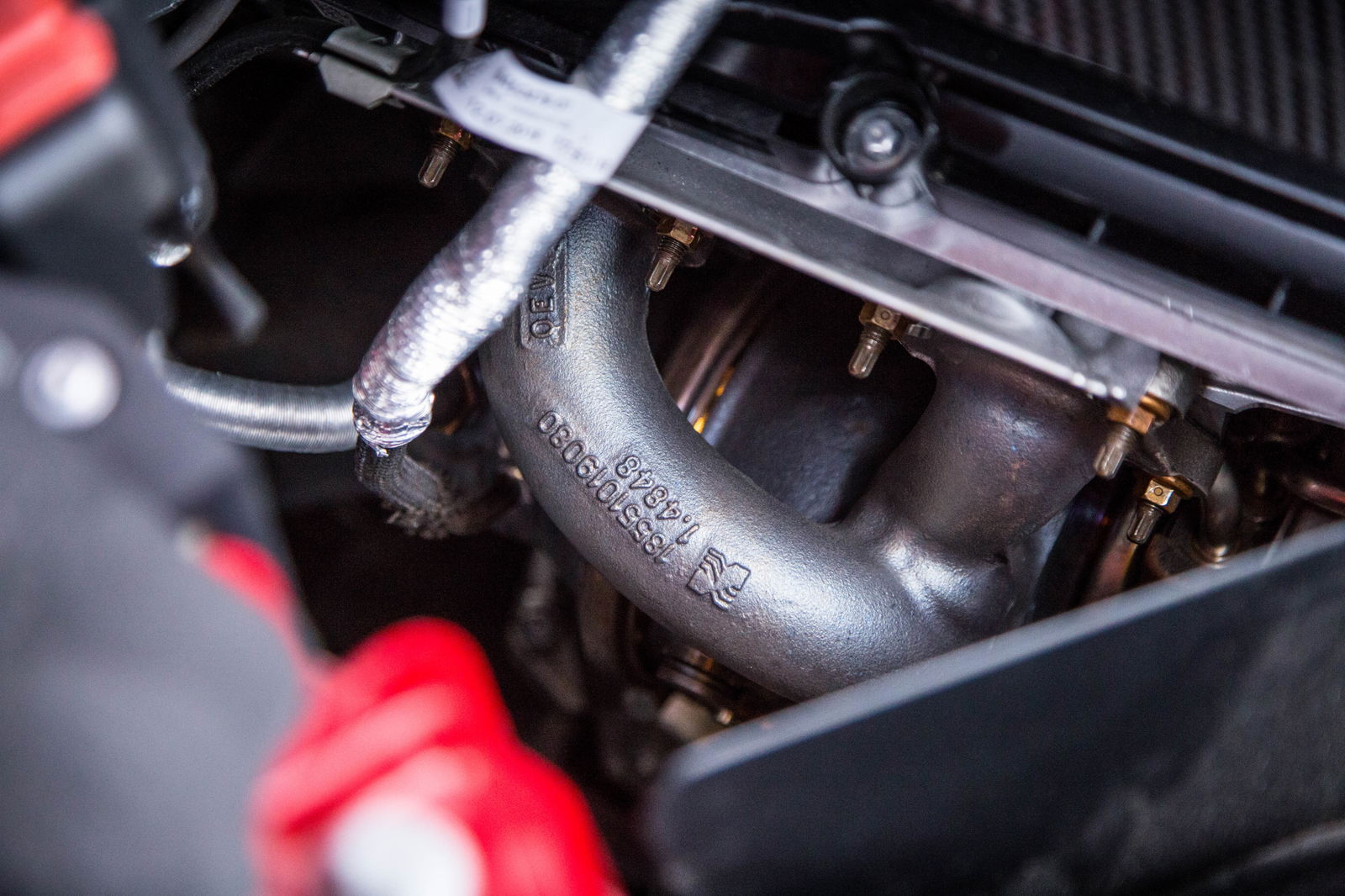
460 - 470bhp is about the limit of the stock turbocharger, hence why the car we drove had a hybrid snail. Some have taken the stock internals beyond 900bhp, but most companies won’t push past 600bhp to preserve reliability. As Papadakis has proven, the block can take 1000bhp.
On the bodywork front, we’ve already mentioned the Liberty Walk kit, which isn’t the only outlandish widebody option out there. Pandem and Tom’s also have some similarly excessive kits, but both will require giant wheels and hefty suspension modifications to look right. The Tom’s GR Supra is offered as a complete car (limited to 99 units) for 14,230,000 yen. Which is about £96,000.
Inevitably, some have 2JZ-swapped the GR Supra. It’s an invasive, enormously expensive option, hence why you’re more likely to see an organisation with clout like HKS engaging in such things rather than an intrepid home builder. In any case, that’s a little obvious. If you want to stand out, just look at the Judd V10-powered ‘Formula Supra’ Ryan Tuerck is currently building.
How would your ideal GR Supra look?
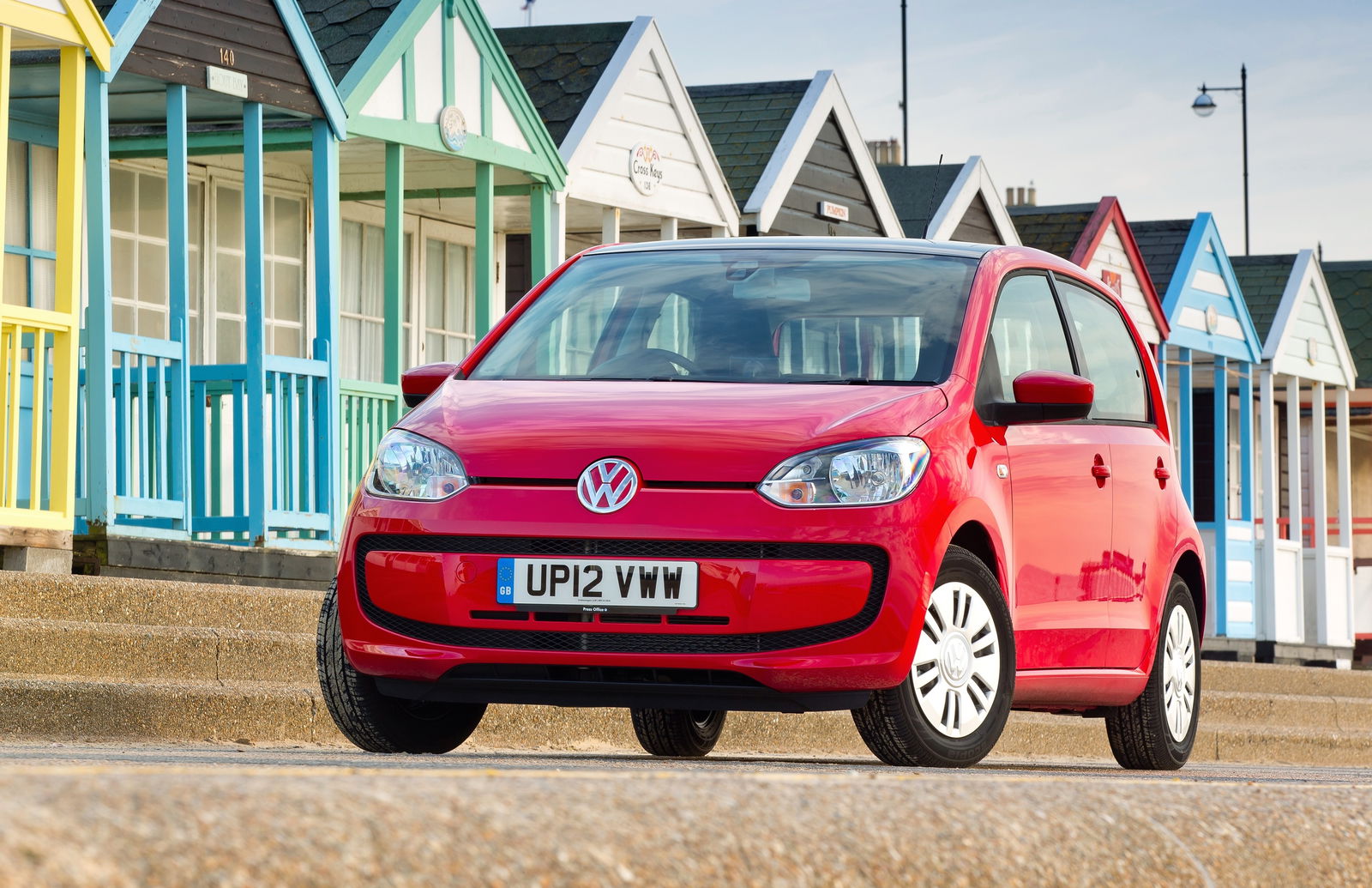
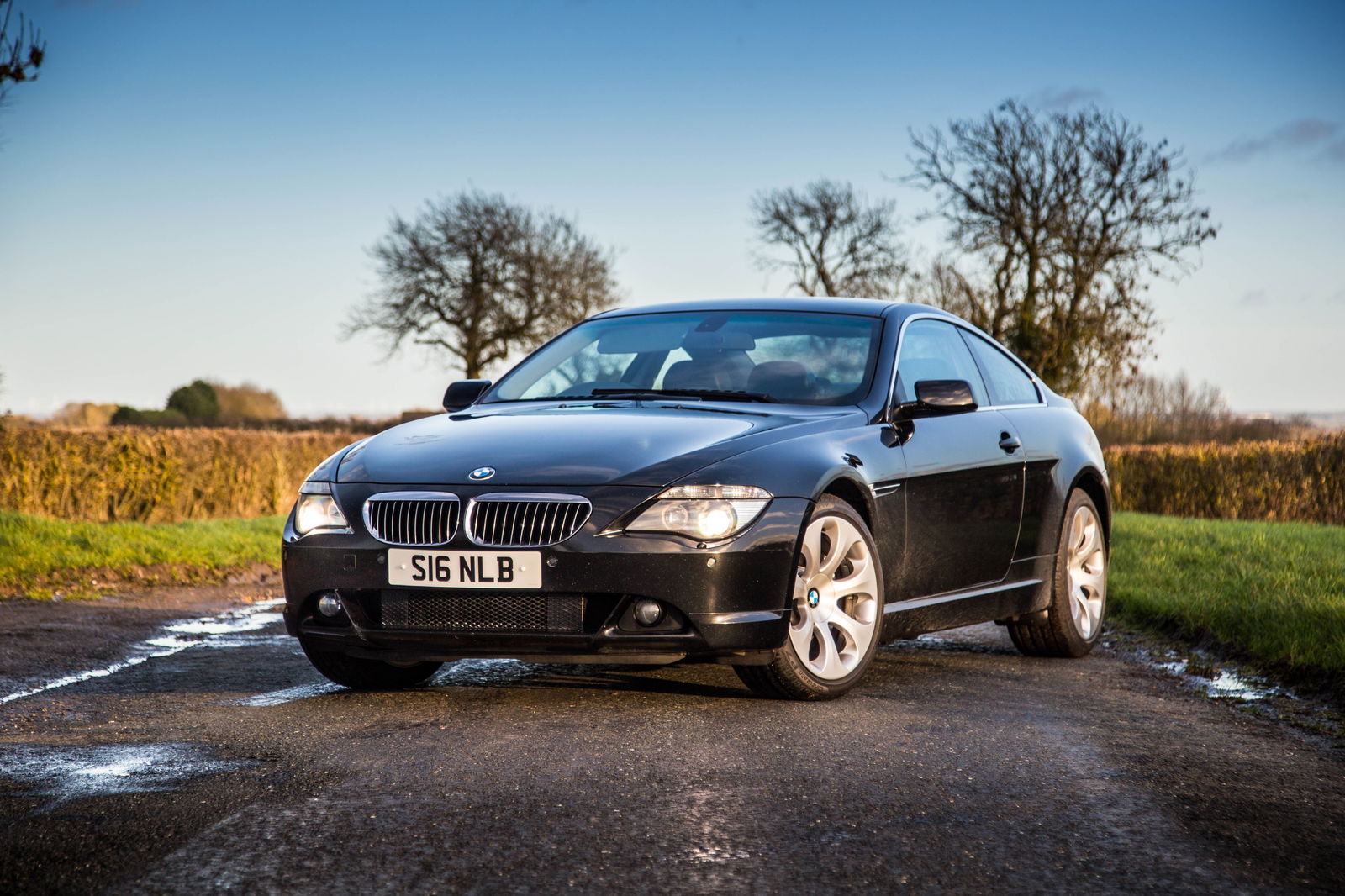

Comments